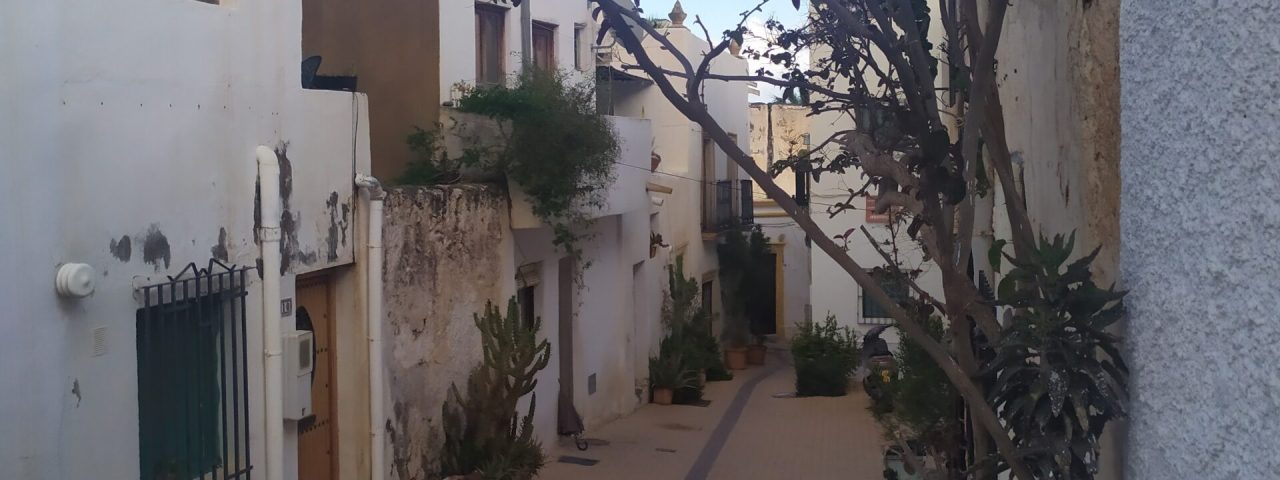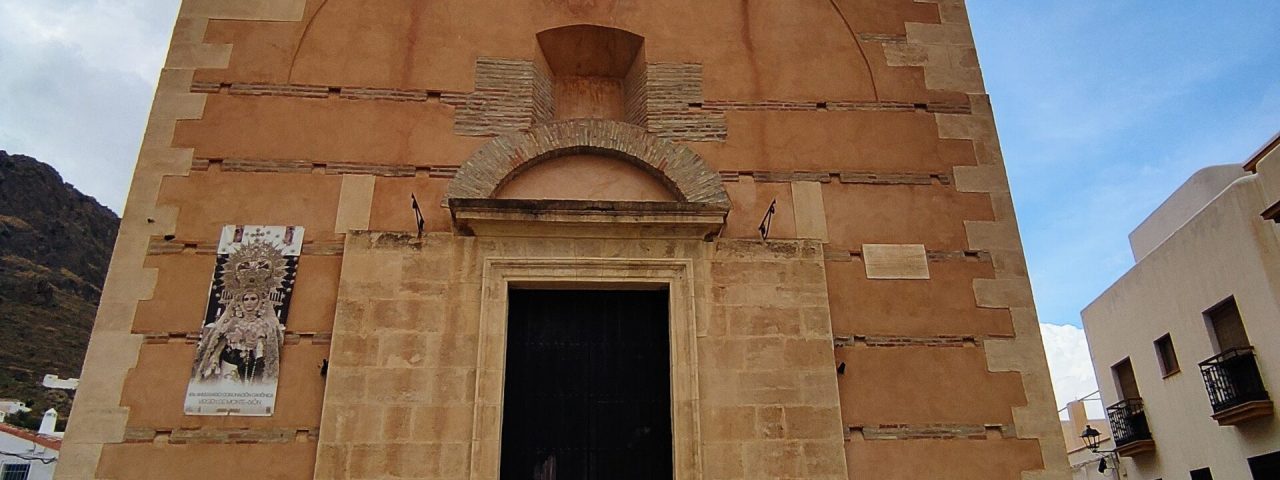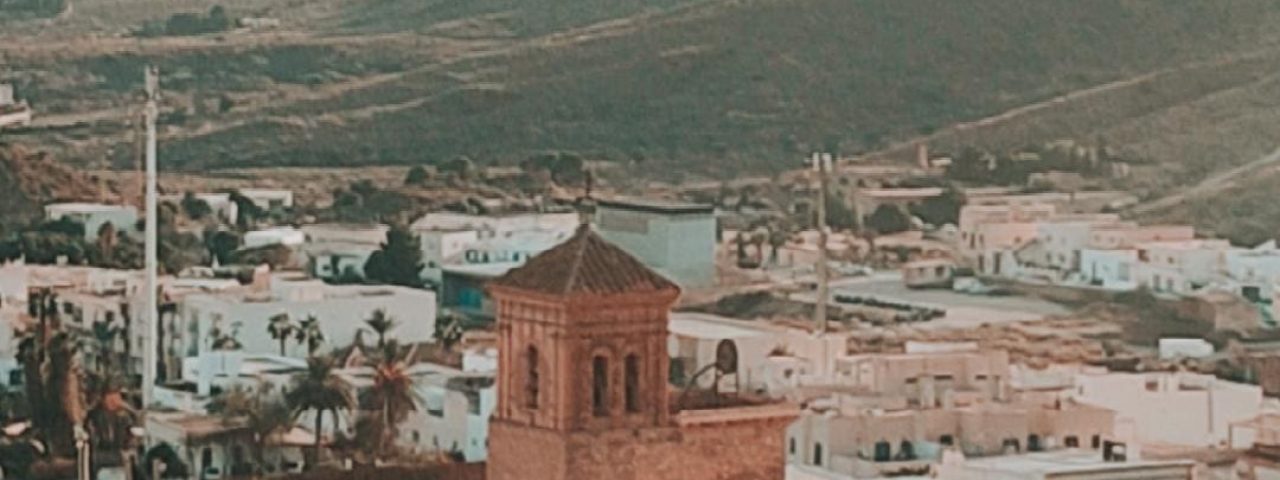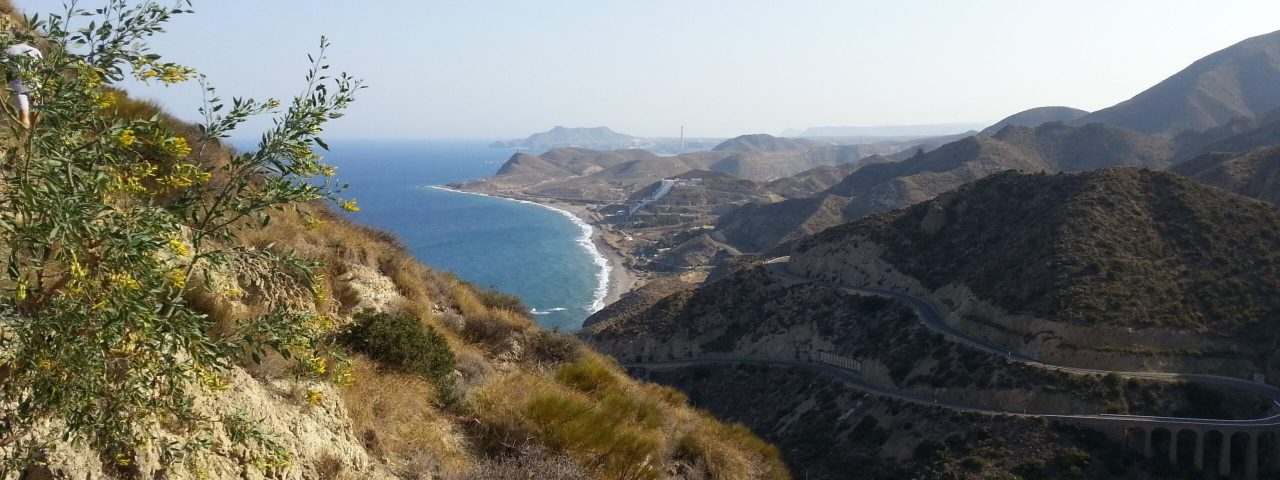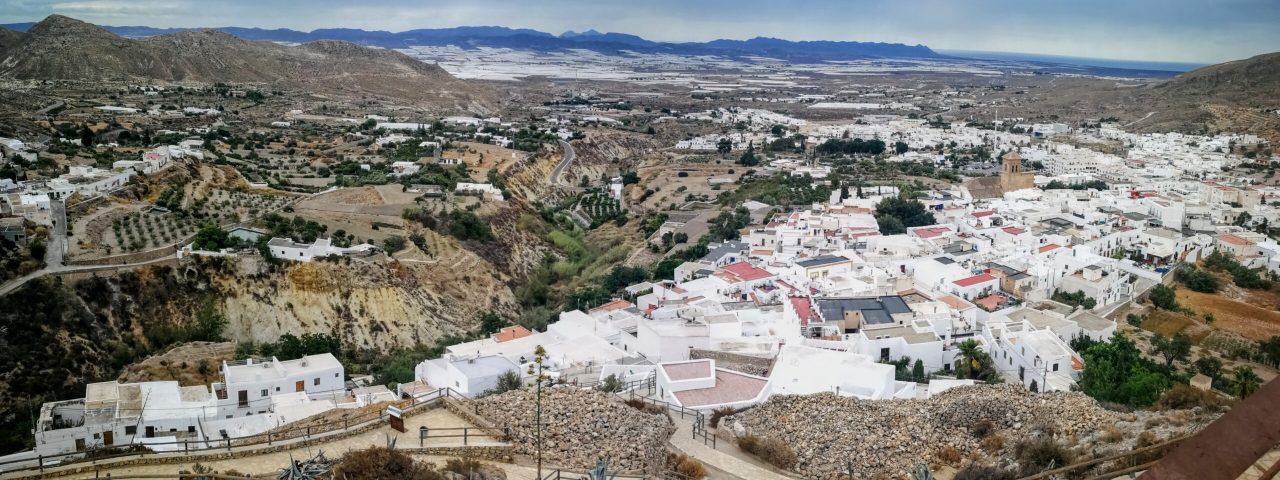Níjar has a rich and varied history that reflects the many cultural influences that have passed through Andalusia over the centuries. The town’s origins can be traced back to Roman times, but it was during the Moorish period that Níjar began to flourish. The Moors left a lasting impact on the town’s architecture, irrigation systems, and agricultural practices, many of which can still be seen today. After the Christian Reconquest in the late 15th century, Níjar remained an important agricultural center, particularly known for its pottery and textiles.
Culturally, Níjar is a town steeped in tradition. One of its most famous cultural contributions is its artisan pottery, which has been crafted in the area for centuries. These traditional ceramics are highly regarded throughout Spain and can be found in local shops, making them a must-buy for visitors. The town also celebrates various traditional festivals, such as the Romería de San Sebastián in January and the Fiesta de la Virgen de la Oliva in August, both of which highlight the town’s deep-rooted Christian and Moorish cultural heritage.
Local customs and traditions are an important part of Níjar’s identity. The town is a place where traditional Andalusian culture remains strong, and visitors can experience it through festivals, local crafts, and the warm hospitality of its residents. History enthusiasts will also appreciate landmarks such as the Moorish fortresses that dot the surrounding hillsides, offering stunning views of the surrounding countryside.




